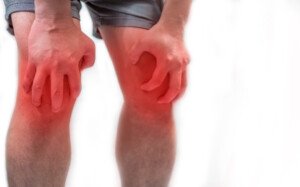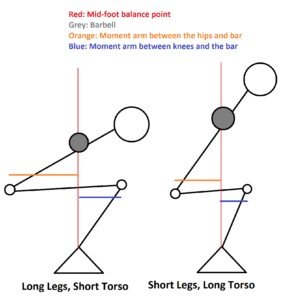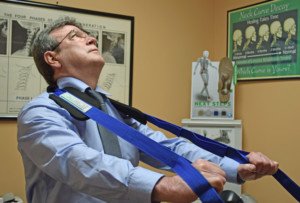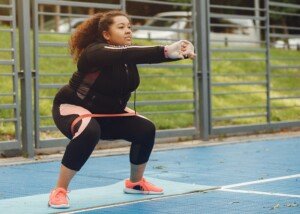
Does a deep knee bend or very low squat hurt both knees, even with only your body weight?
“There are varied opinions regarding ATG squats,” says Dr. Tom Carpenter, corrective exercise specialist, certified personal trainer and chiropractor, inventor of Stand Corrected™, a portable harness-like stretching tool that helps alleviate back, neck and shoulder pain.
The preschooler below is in a very deep squat or knee bend, also known as ATG: “ass to the grass.”
Young children are naturals at this due to their proportions. Come adulthood, these proportions are much changed.
Dr. Carpenter points out that some exercise experts advise never to bend your knees with your thighs more than parallel to the floor.
On the other hand, there are fitness experts who believe that stopping at parallel to the floor actually puts more strain to the knees.
“Proponents of ATG argue that the four main stabilizing ligaments for the knee — posterior and anterior cruciates as well as medial and lateral collateral ligaments — provide the greatest knee stabilization with full knee flexion (full squat) or full knee extension (standing),” explains Dr. Carpenter.
Therefore, stopping the squat at parallel “prevents these ligaments from fully engaging and providing full protection for the knee joint,” says Dr. Carpenter.
“Critics of ATG say that since we don’t all possess the same body architecture, ATG can be harmful for many people.
“Knee to hip proportional distance can vary from one person to the next, making it less advantageous for some people to perform ATG squats without risking injury.”
In other words, if your femur (thigh bone) is longer than your torso, or it’s disproportionately long relative to shin bone length, you will be at a biomechanical disadvantage with ATG squats or deep knee bending. The diagram below shows this.

“Also, proper form needs to be strictly adhered to or knee injury is very possible. My feeling is that if it hurts, stop doing it.
“As a former martial artist who wound up having to undergo a partial knee replacement, in part from over-training, I would strongly urge you to avoid risking your knees at all costs. It’s not worth it!”

Photo credit: Aleesia Forni









































